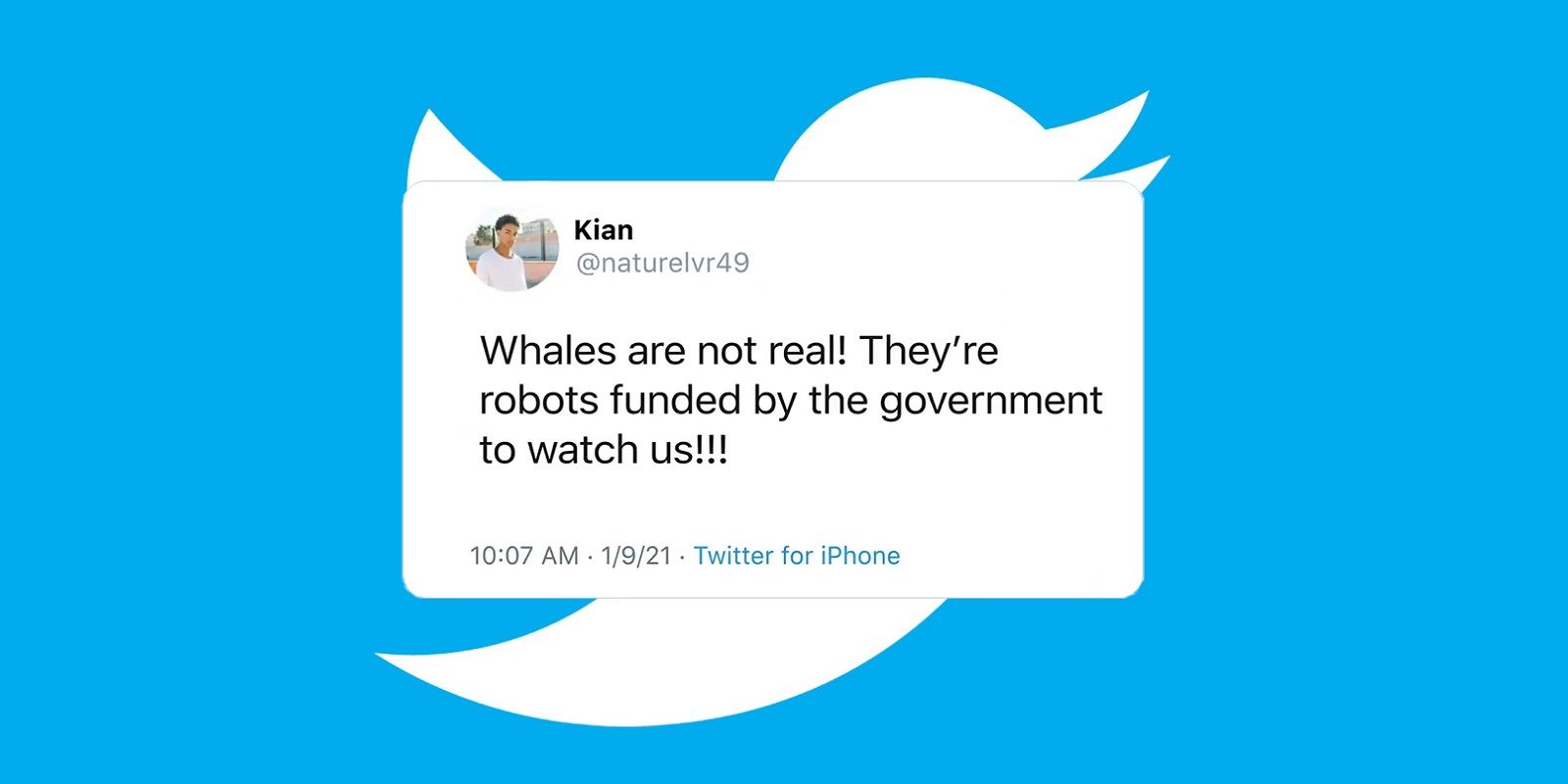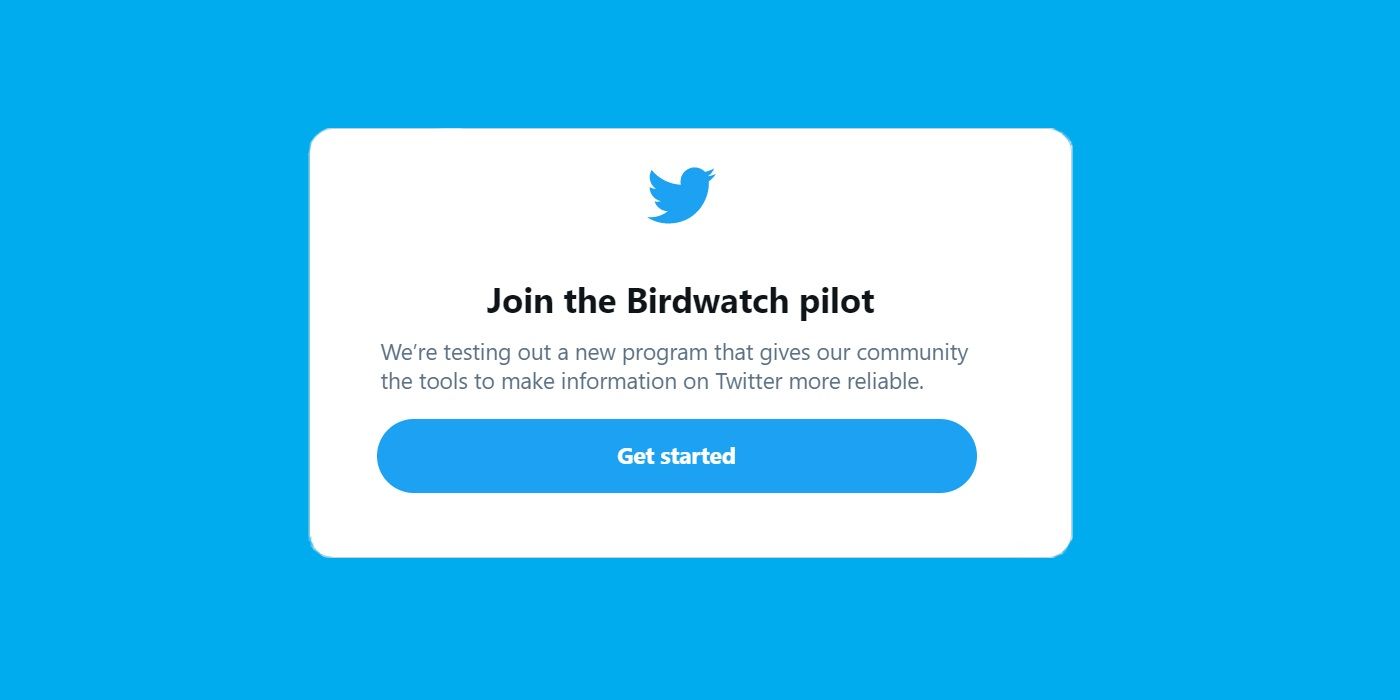Birdwatch is Twitter’s latest attempt at addressing misinformation on the platform, although it works a little differently to others with the emphasis on fact-checking having shifted from Twitter to its users. For those who want to help improve the quality of information on the micro-blogging platform, here’s what you need to know about Twitter’s Birdwatch, including how to get involved.
Misinformation on social media has become an increasingly important issue, resulting in almost every service attempting to limit the spread in some way. This was all the more important during 2020, a year that not only included the U.S. Presidential election, but also the COVID-19 pandemic that spread across the globe. With the need for accurate information at an all-time high, social media services took additional precautions to lock down information deemed false or misleading. In Twitter’s case, this included further clamping down on accounts thought to be contributing to the problem and a greater use of labels to provide additional context.
Twitter’s latest move is the launch of Birdwatch. This is a community-driven program that allows Twitter users to add their own context and notes to existing Tweets to provide further information or clarification. Essentially, Twitter users will be able to fact-check each other. However, as Twitter explained in a blog post, this initiative is rolling out slowly and in various stages, so it remains to be seen how quickly it will help to reduce misinformation.
How Twitter’s Birdwatch Program Works
Users will have to be enrolled in the Birdwatch program before they can actually contribute to the conversation. Therefore, this won’t simply be a matter of logging on to Twitter and fact-checking another account. In fact, in what Twitter refers to as the “first phase” of the program, the notes made by enrolled users are only visible on a separate Birdwatch webpage. The company says that it does plan to integrate the feature with the main Twitter site at some point, but wants to check how the system works and its usefulness before doing so. Presumably, this includes making sure Birdwatch is also not prone to misinformation in the same way as the main Twitter site is.
For those interested, the opportunity to sign up and be part of the initial stages of Birdwatch is open to anyone through this link. Although there are some requirements, such as having a verified phone and email address associated with the Twitter account, two-factor authentication enabled, and the account will need to be free of any recent Twitter violations. Likewise, even if an account normally protects their Tweets, the same protection won’t be available when posting to or on behalf of Birdwatch.
Overall, Birdwatch looks like an interesting idea, but that’s all it seems to be right now. Operating on a different website and limited to only a few users, it remains to be seen how well it will help in slowing or stopping misinformation. However, Twitter’s announcement does make it clear that the company understands this is unlikely to be a total solution to the problem, but another measure that’s “worth trying.”
Source: Twitter


